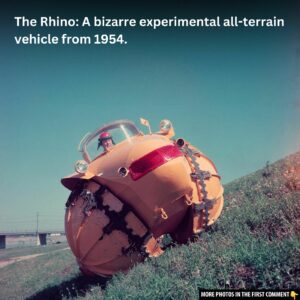The Volkswagen Microbus, a vehicle that began life as a practical means of transport, has transcended its utilitarian origins to become one of the most iconic symbols of counterculture and social change. With its unmistakable shape and unique role in the 1960s, the Microbus became a symbol of freedom, rebellion, and a rejection of mainstream American society. Seventy years after its first production, the Microbus continues to inspire, with a new electric version set to arrive in 2022. But its journey is far from straightforward, and the story of how the Microbus came to embody the spirit of a generation is one filled with surprising twists and turns.
Volkswagen’s Roots and the Birth of the Microbus
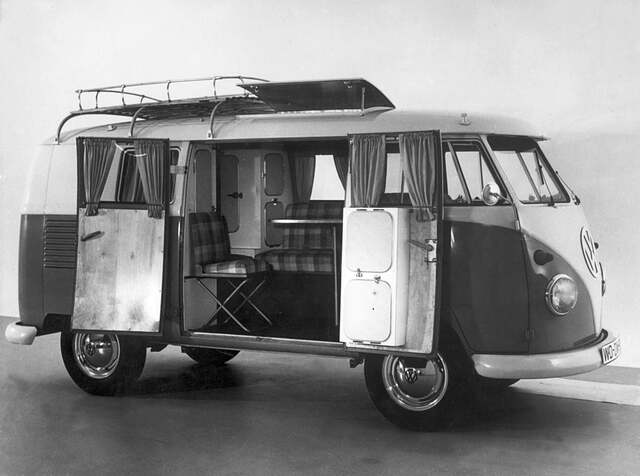
The Volkswagen Microbus, also known as the Type 2, emerged in the wake of Volkswagen’s success with the Beetle, its Type 1 car. The story of the Microbus began with a simple but revolutionary idea: a van that would be practical, affordable, and versatile. This idea came to life in 1947 when Dutch Volkswagen importer Ben Pon sketched a flatbed truck version of the Beetle chassis during a visit to the Volkswagen factory. His design would evolve into what we now recognize as the iconic Volkswagen Microbus.
In 1950, Volkswagen began producing the Microbus in West Germany. Initially, the vehicle was available in two versions: the Kombi, with side windows and removable seats, and the Commercial, a panel van for transporting goods. Although the Microbus was designed to be a practical and cost-effective mode of transportation, it quickly gained popularity for its adaptability and style. The roomy interior, rear-wheel drive, and air-cooled engine made it easy to operate and maintain, appealing to a wide range of consumers.
Video
Check out the video to take a look inside comedian Gabriel Iglesias’ impressive $3 million Volkswagen Bus collection.
Early Popularity and the Microbus in the United States
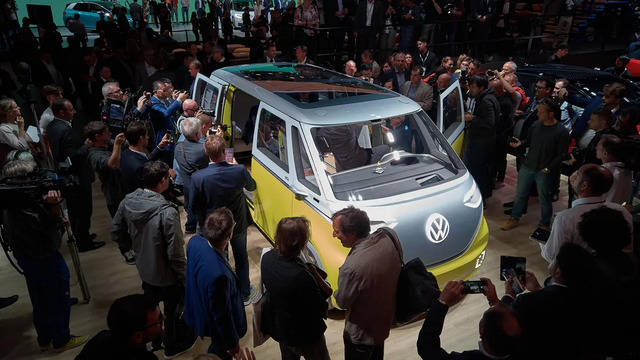
When the Microbus made its way to the United States in the 1950s, it was immediately embraced by American families seeking a budget-friendly alternative to the traditional family station wagon. The Microbus’ unique design made it an attractive choice for those looking for something different from the mainstream offerings of American automakers. It wasn’t long before the vehicle found its place in the American automotive landscape, appreciated for its practicality and quirky charm.
However, the true potential of the Microbus was not yet realized. While the vehicle was initially used for everyday purposes, it began to evolve into something much more. Enthusiasts began modifying the Microbus to suit their needs, especially for outdoor adventures. The earliest versions of the Westfalia campers, which were essentially Microbuses converted into fully functional campers, were exported to the United States in 1956. This move would solidify the Microbus’ place in the hearts of outdoor enthusiasts.
Customization and the Rise of the Westfalia Camper
The ability to customize the Microbus quickly became one of its defining features. As people discovered how easy it was to convert the vehicle into a camper, Volkswagen saw the opportunity and partnered with Westfalia, a German company known for its expertise in building camper conversion kits. This partnership would lead to the creation of the first true VW Westfalia campers, which were soon becoming a popular choice for those seeking adventure on the open road.
The Westfalia campers were fitted with beds, kitchens, and other essential amenities, making it possible for people to travel in comfort and style. The versatility of the Microbus, combined with the growing popularity of camping, made it a favorite among a wide range of people—from families looking for a more adventurous vacation option to the rising number of young people eager to explore the world.
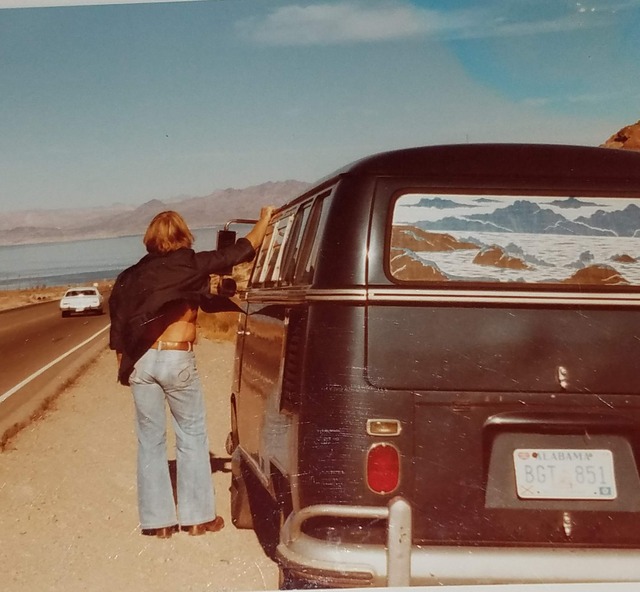
The Microbus as a Symbol of Rebellion
By the 1960s, the VW Microbus had transformed from a functional vehicle into a symbol of rebellion. The counterculture movement, which rejected traditional societal norms and values, embraced the Microbus as a vehicle of protest. With its boxy design, which stood in stark contrast to the sleek and powerful cars produced by Detroit automakers, the Microbus became the perfect vehicle for those seeking to make a statement.
The connection between the Microbus and the counterculture was solidified during the 1969 Woodstock Music and Arts Festival, where the Microbus became synonymous with the hippie movement. The vehicle was often decorated with peace signs, flowers, and colorful artwork, and it became the preferred mode of transportation for young people attending rallies, protests, and music festivals across the United States.
For many, the Microbus was more than just a vehicle—it was a symbol of freedom, nonconformity, and a rejection of the over-commercialization and political turmoil that defined much of the 1960s. As Roger White, curator of road transportation history at the Smithsonian’s National Museum of American History, puts it: “It was a way of thumbing their noses at the establishment.”

A Tribute to the Grateful Dead: Volkswagen and Jerry Garcia
The connection between the Microbus and the counterculture reached an emotional peak in 1995, when Volkswagen ran an ad featuring a VW Microbus with a tear streaming from one headlight. The ad was a tribute to Jerry Garcia, the lead guitarist of the Grateful Dead, who had passed away that year. Garcia, like the Microbus, had become a symbol of the 1960s counterculture, and Volkswagen’s recognition of this connection was a powerful moment in the history of both the band and the car.
For many fans of the Grateful Dead, the Microbus was as much a part of their identity as the music itself. It was the vehicle that carried them to concerts, protests, and road trips, embodying the spirit of the era. The VW Microbus had become an icon, not just for its practicality, but for its role in the cultural revolution of the 1960s.
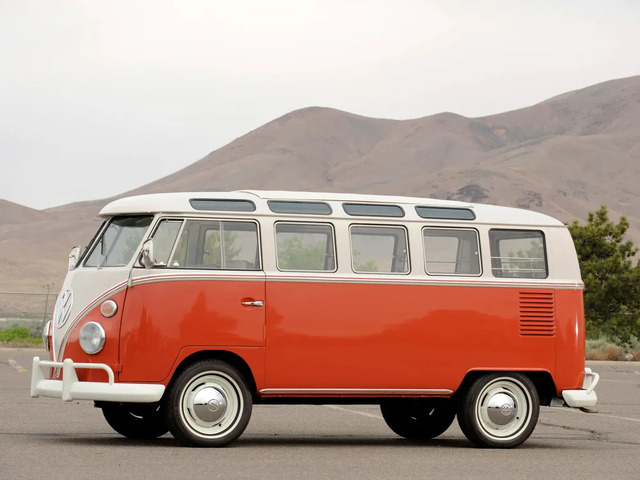
The Microbus as a Tool for Social Change: Esau and Janie Jenkins’ Civil Rights Activism
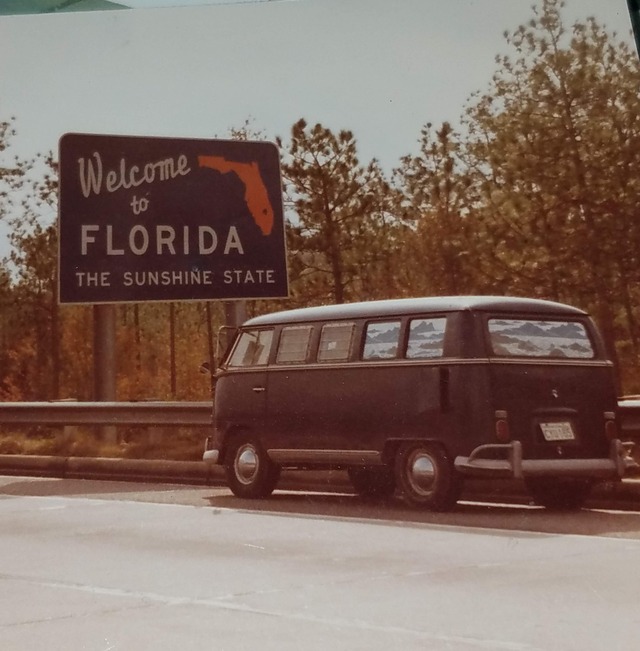
The Microbus wasn’t just a symbol for the counterculture—it also played a role in the Civil Rights Movement. One particular Microbus stands out as a reminder of the political and social upheaval of the time. Esau and Janie Jenkins, civil rights activists from South Carolina, used a 1966 VW Transporter to transport African-American children to school and adults to work in the segregated South.
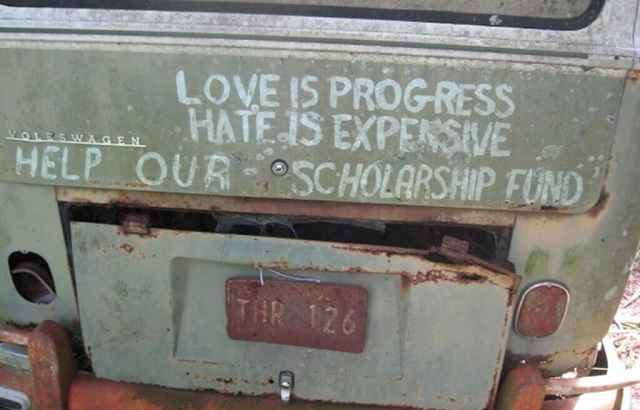
Their Microbus, emblazoned with the slogan “Love is Progress, Hate is Expensive,” became a tool for social change in a time when racial tensions were high. The Jenkins’ use of the Microbus to educate and empower people in their community is a powerful reminder of the role that vehicles, even those as seemingly simple as the Microbus, can play in advancing social justice.
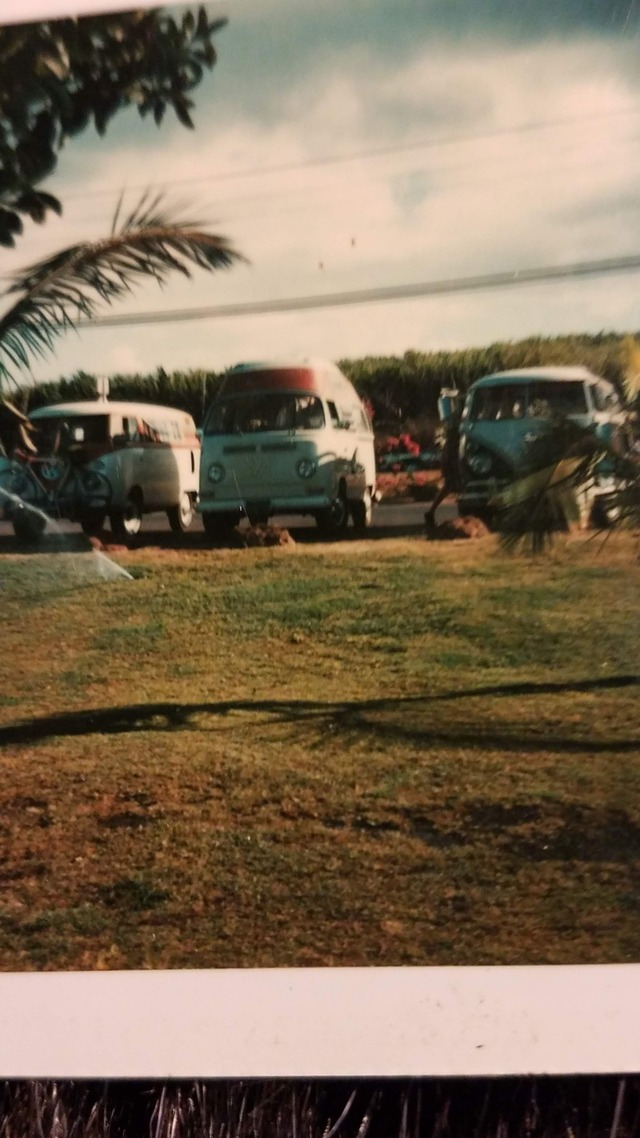
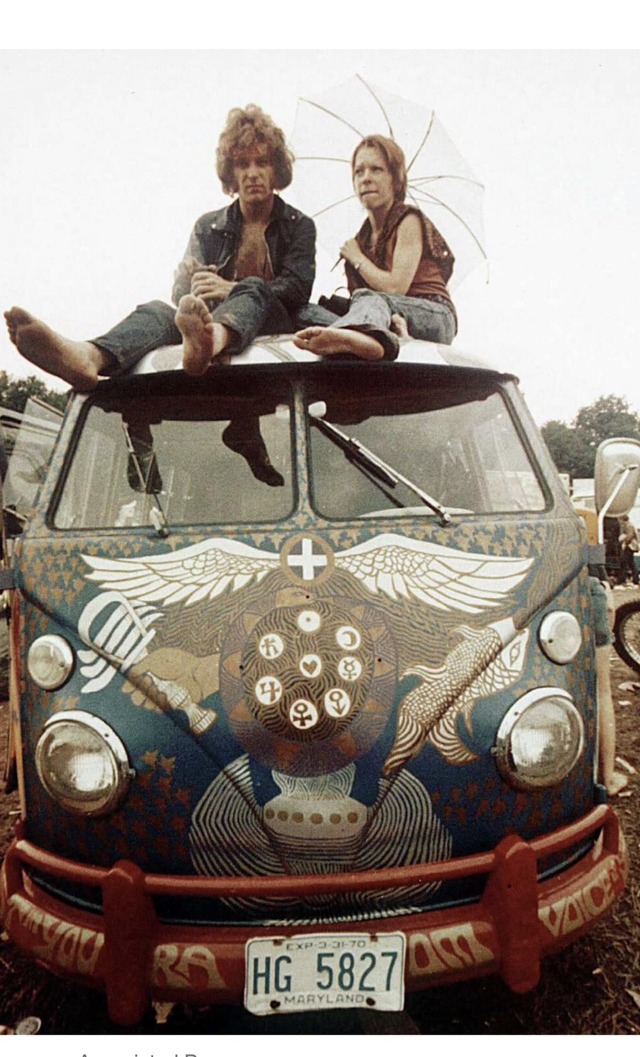
The Decline and Resurgence of the Microbus
As the social revolution of the 1960s waned, so too did the popularity of the Microbus. Production of the vehicle ceased in 2014, and the vehicle was largely relegated to the status of a cultural relic, a reminder of a time long past. However, the Microbus is far from forgotten. In 2022, Volkswagen announced the return of the Microbus, this time as an electric vehicle known as the I.D. Buzz.
The new I.D. Buzz will deliver 369 horsepower from electric motors on each axle, a far cry from the 30 horsepower of the original Type 2. The electric Microbus will no longer be the vehicle of rebellious youth but will likely appeal to a new generation of environmentally conscious consumers. Still, the spirit of the original Microbus lives on, offering a nostalgic nod to its countercultural roots.
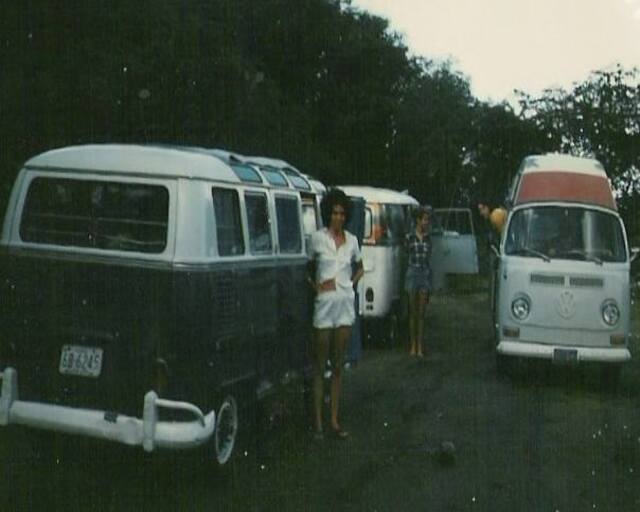
Conclusion: The Legacy of the VW Microbus
From its humble beginnings as a practical van to its role as a symbol of rebellion and freedom, the Volkswagen Microbus has left an indelible mark on automotive and cultural history. Its journey from the 1950s to the present day reflects not only the changing nature of society but also the enduring power of the Microbus as an icon of individuality, protest, and social change. As we await the return of the Microbus in its electric form, we can only hope that it continues to inspire the same sense of adventure and rebellion that made it a legend in the first place.
Video
Watch the video from Pawn Stars to see the incredible moment when a 1959 Volkswagen Samba is valued at six figures!



